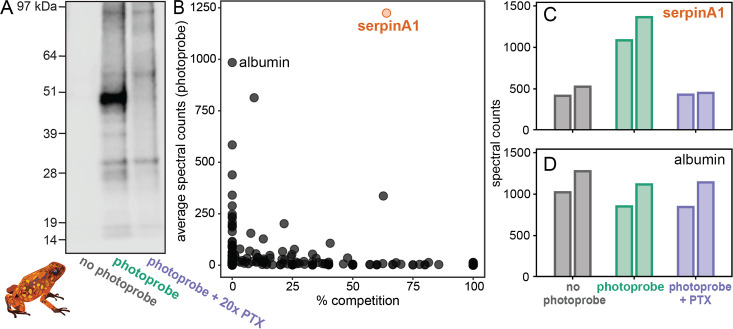Figure 2. Proteomics identifies a serpinA1-like protein as the main pumiliotoxin (PTX)-binding protein in Oophaga sylvatica plasma.
(A) Streptavidin blot of the proteins pulled down from O. sylvatica plasma across the three conditions: no photoprobe, photoprobe, and photoprobe plus competitor PTX. (B) Quantitative proteomics output in terms of percent competition defined as 100% − average spectral counts in the photoprobe + PTX condition divided by average spectral counts in the photoprobe only condition. Average was taken across two replicates. SerpinA1-like protein and albumin are annotated. (C) The number of spectral counts across conditions for the serpinA1-like protein, each replicate is shown individually. (D) The number of spectral counts across conditions for the albumin protein, each replicate is shown individually.


